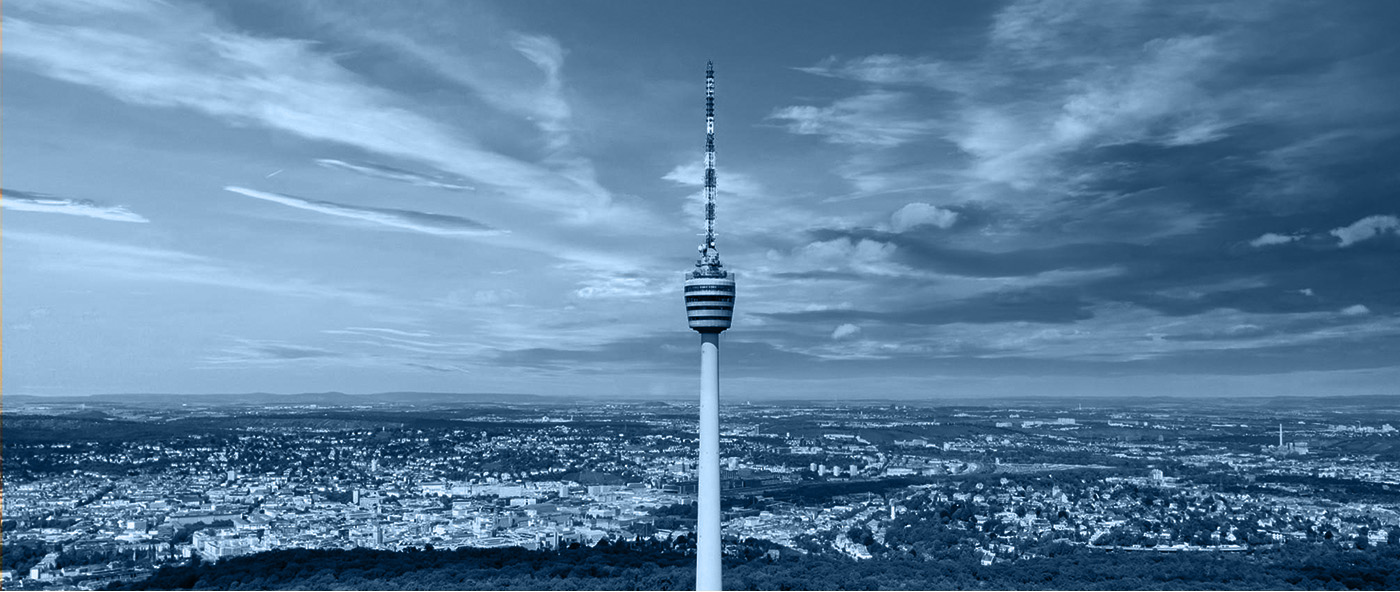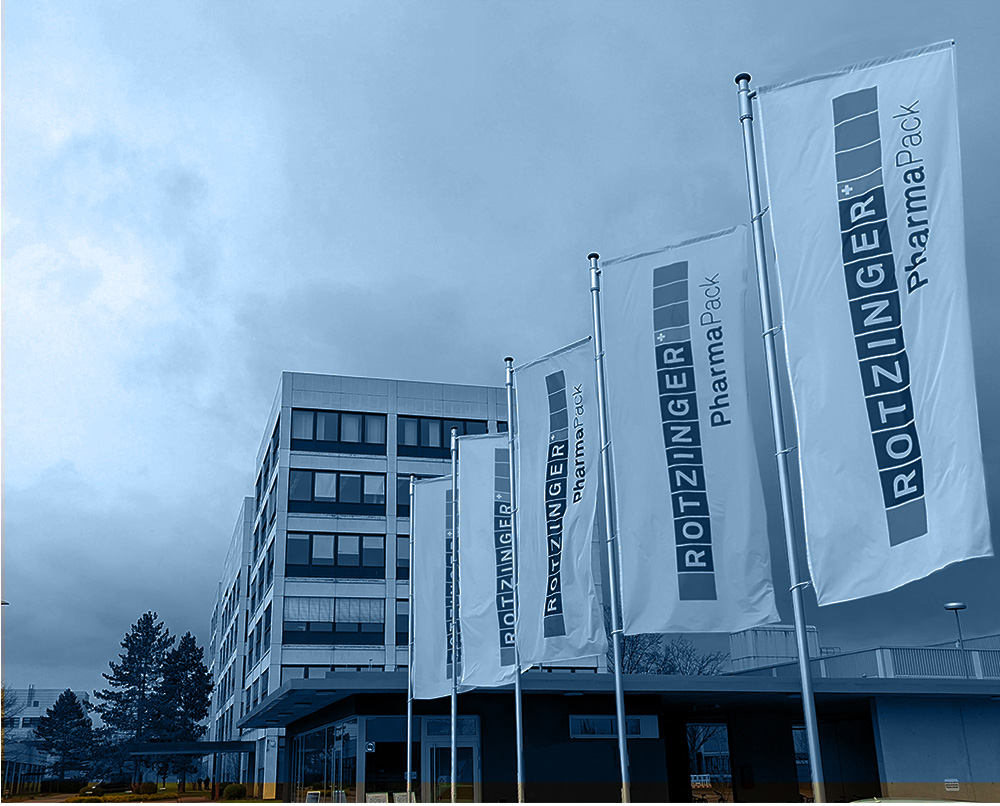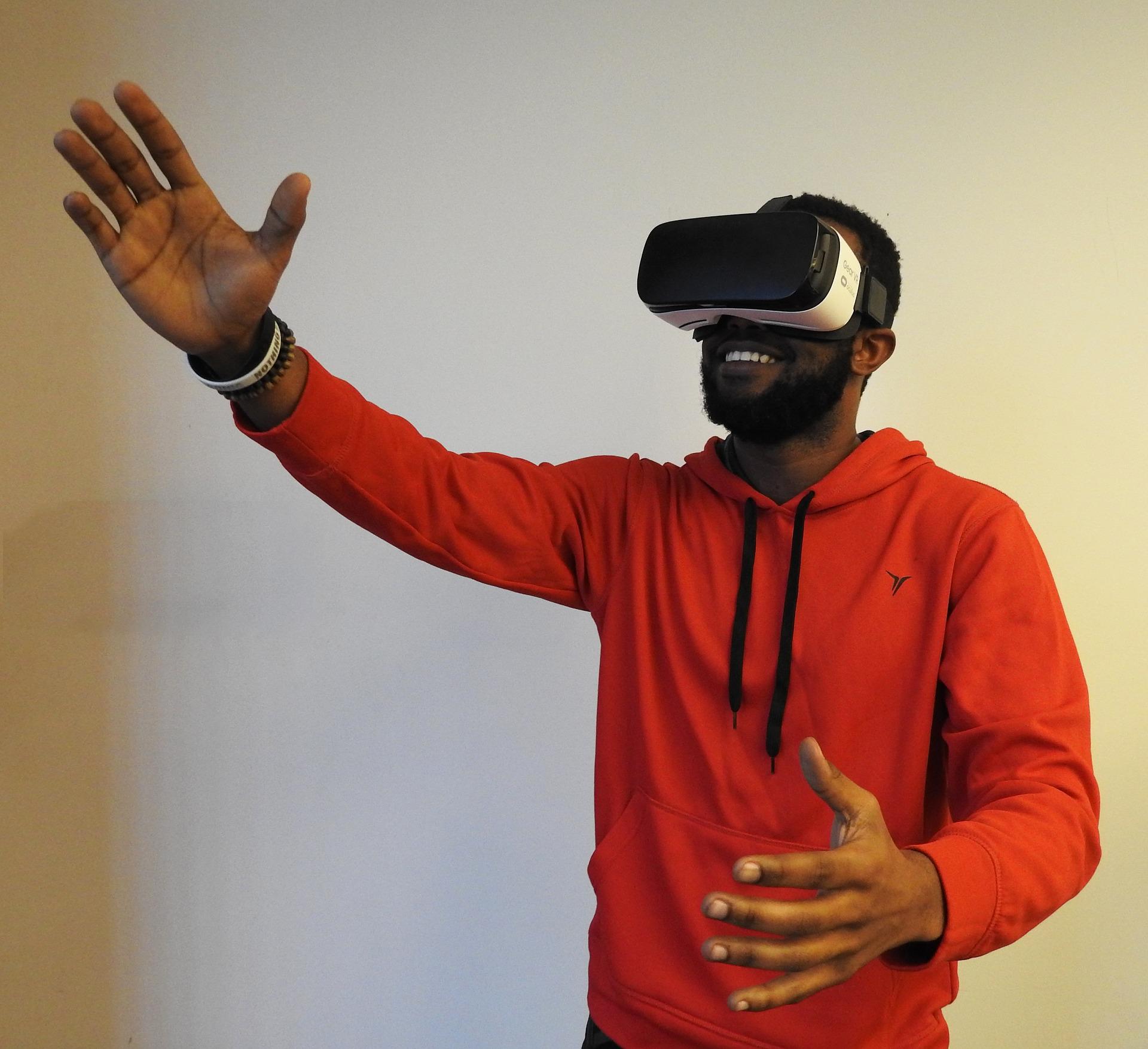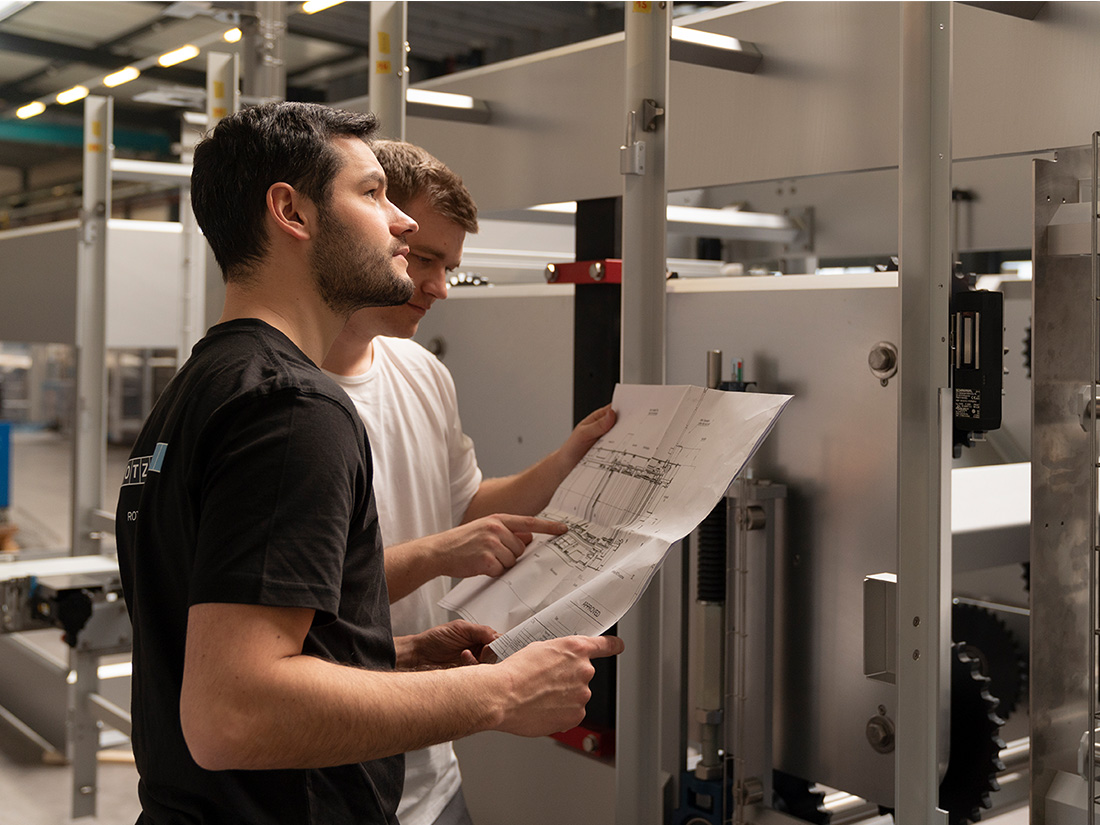“The idea had been around for a while,” explains Yacine Gacem, development engineer at Hansella. It was all the more gratifying to be able to implement it in a concrete development project. We’re talking about spatial computing in general, in which the user interface of the computer is seamlessly integrated into the three-dimensional physical world with the help of appropriate software. And we are talking about Virtual Reality (VR) in particular. Just like Augmented or Mixed Reality, VR is a technology for achieving this integration. In the development project in question, VR technology served in particular to provide an early virtual demonstration of the entire line with its individual machines and components.
The client for this project was a large, world-renowned company that is at home in the confectionery sector. The task was to develop a complete line for the production and processing of a confectionery product using Hansella’s engineering know-how and the customer’s own components. From a certain stage of progress, it was possible to create Virtual Reality files from the 3D drawings and make it possible to experience the line with VR glasses. For this purpose, the customer set up a room at one of their locations that served as a quasi-production hall. Project participants on the client’s side were able to use VR glasses to bring the line to life and interact with it in this room. “Mechanics, electricians, programmers and so on, everyone was able to examine and test the line for their area of responsibility,” explains Hansella Project Manager Evelina Lehmann. “The effort,” says Lehmann, “was of course considerable,” but it was fully worth it, and the customer was “overwhelmed”. After all, the internal reviews experienced a leap in quality thanks to the use of VR technology on the part of the customer. Potential for improvement on the line could be identified and exploited at an early stage. For this reason, the customer was also enormously supportive and active, as well as willing to assume part of the costs incurred by VR. Yacine Gacem emphasizes that everyone involved had a steep learning curve and hoped that they would soon be able to apply and expand the know-how they had built up in another project. For both Yacine Gacem and Eveline Lehmann, there is no question that VR will play a much greater role in future development projects than it does today.
In addition, other possible applications of spatial computing are on the radar and test bench at Hansella, in particular Augmented Reality (AR). In contrast to VR, AR does not create a completely different reality, but enhances the existing reality with additional information. AR is already being used in the market, particularly in customer service and teleservice, as well as in sales support and documentation. “We could very well imagine being among the pioneers in these areas,” emphasizes Gacem.





